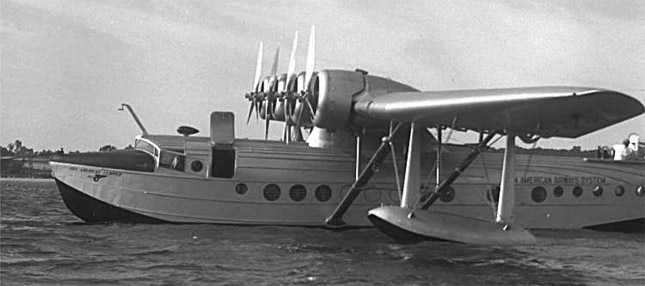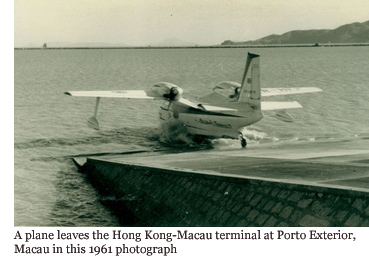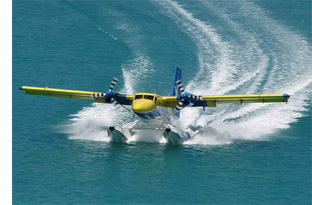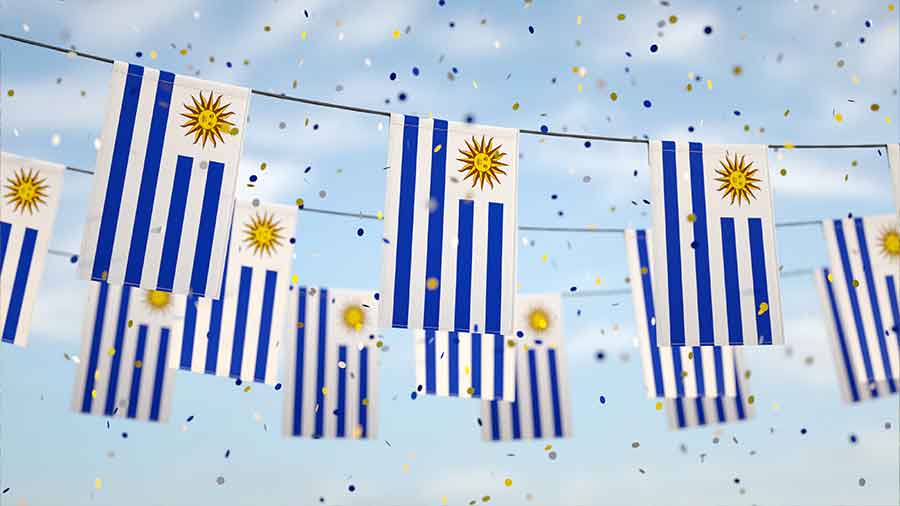Seaplanes to Sail the Skies Again in Hong Kong?

HONG KONG, July 15 – Canadian entrepreneur Michael Agopsowicz has proposed a new seaplane service to the Hong Kong government, the South China Morning Post reports. The route, a Hong Kong-Macau service from Kowloon’s old Kai Tak Airport site to the Pak On Ferry Terminal in Macau, would be the first time since 1961 that seaplanes have seen active commercial service in Hong Kong.
The proposal, which was put forward to the permanent secretary for transportation, Francis Ho Suen-wai, has received favorable comments as Hong Kong seeks to bolster its image as a city of interest and distinction. “An alternative means of fast transportation between Hong Kong and Macau should be a welcome addition to enhance connectivity and choice,” Ho said.
The proposal, which has yet to pass an environmental impact assessment, has also received backing from the Tourism Commission and Tourism Board of Hong Kong because it enhances the city’s diversity and adds “a fun element to local travel.” If the plan is approved, the newly formed airline, Waterfront Air, would sell one-way tickets to Macau for HK$1,500—a current one-way trip via helicopter costs HK$2,300 while the fast boat service costs HK$150.
 This will not be the first time that seaplanes have serviced Hong Kong. In fact, the use of such craft in Hong Kong has a colorful history. Scheduled services from Pan American Airways flew between Hong Kong and Macau in the 1930s, which also connected with routes from Manila and San Francisco. This seaplane route was, in fact, the first American commercial service to operate between China and the United States. The twice weekly service was suspended in 1941 after the Japanese attack on Pearl Harbor and subsequent invasion of Hong Kong.
This will not be the first time that seaplanes have serviced Hong Kong. In fact, the use of such craft in Hong Kong has a colorful history. Scheduled services from Pan American Airways flew between Hong Kong and Macau in the 1930s, which also connected with routes from Manila and San Francisco. This seaplane route was, in fact, the first American commercial service to operate between China and the United States. The twice weekly service was suspended in 1941 after the Japanese attack on Pearl Harbor and subsequent invasion of Hong Kong.
The planes were also used, on occasion, to carry gold bullion between Hong Kong and Macau—a situation that resulted in the world’s first commercial airline hijacking. A Catalina seaplane named Miss Macao was hijacked in 1948 on route from Macau to Hong Kong. Four Chinese men carrying guns entered the cockpit minutes after take off and demanded the co-pilot surrender the controls. He refused, was shot, and in the ensuing chaos, the pilot was also shot five times in the back, causing him to falls into the controls, sending the plane into an uncontrolled dive. The plane crashed into the sea, killing all but one of the 27 people aboard.
Despite the incident, services continued through the late 1950s, when the opening of the new runway at Kai Tak made the seaplanes obsolete in 1958. The final flights were operated by the Macao Air Transport Company, formed by Sydney de Kantzow and Roy Farrell, which discontinued the seaplane routes in 1961.  Their other airline company, which did not include any seaplanes by then, continued to fare better—that company was Cathay Pacific.
Their other airline company, which did not include any seaplanes by then, continued to fare better—that company was Cathay Pacific.
The planes earmarked for use this time around are Canadian De Havilland DHC-6 Twin Otters, widely used across Canada and the United States and very popular with tourists and businesspeople. They would be configured for 18 seats, with the from Hong Kong to Macau lasting about half an hour. Should the project receive the green light from the government, investment will be sought for an initial US$5 million to commence the airline operations, Mr. Agopsowicz said.
- Previous Article Hangzhou Science and Tech Park Targets IT, BPO
- Next Article The Changing Face of Sourcing in China
























